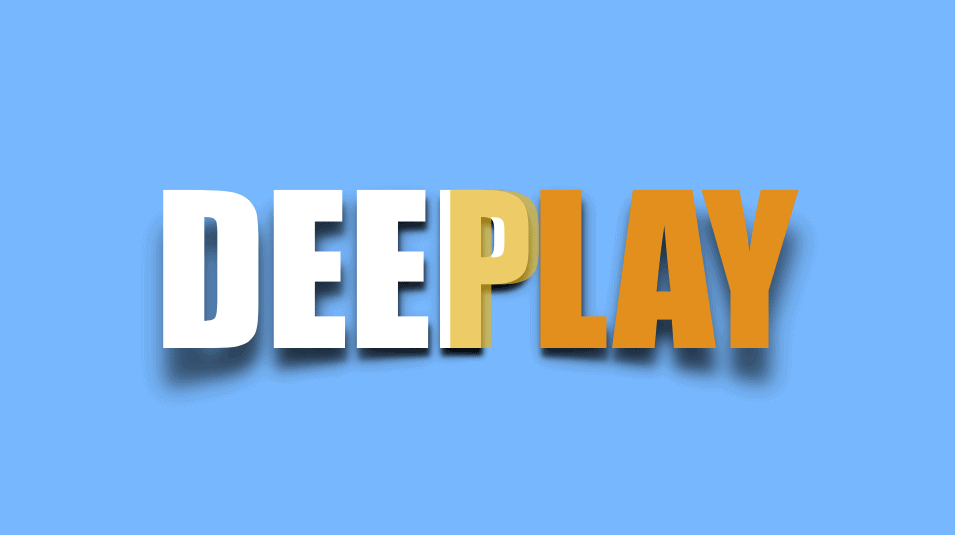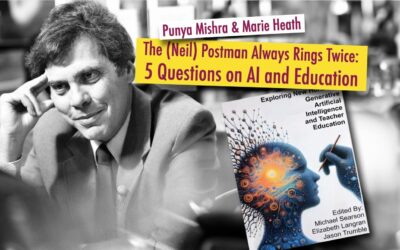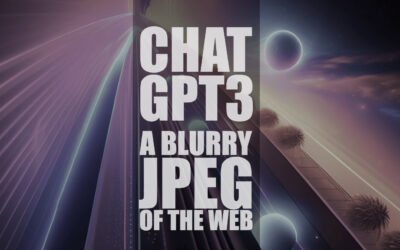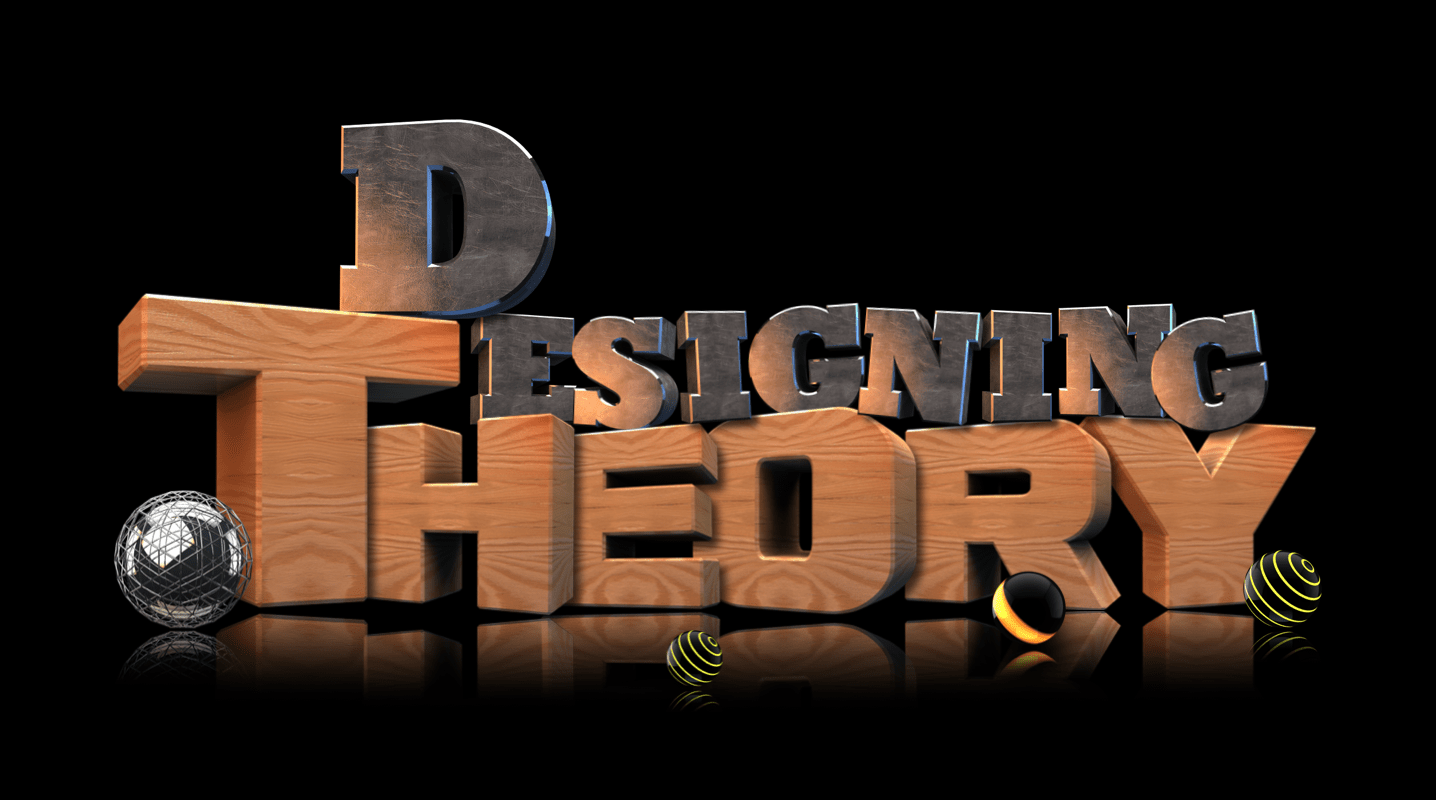The Deep-Play research group started as an informal group of faculty and graduate students at Michigan State University, mostly my advisees. It has now grown to include Arizona State University and a couple of people there. Of course my advisees include doctoral students who are in the face to face program as well as those in the hybrid PhD program.
What this means is that conducting shared meetings is challenging at many levels (scheduling, engaging in discussion one-on-one or one-to-many and so on). We have over time tried a variety of solutions—skype, zoom and now robots!
The CEPSE/COE Design Studio at just created a video about the use of these robots by our research group. You can see it here. Enjoy.






This is awesome. Way to go.